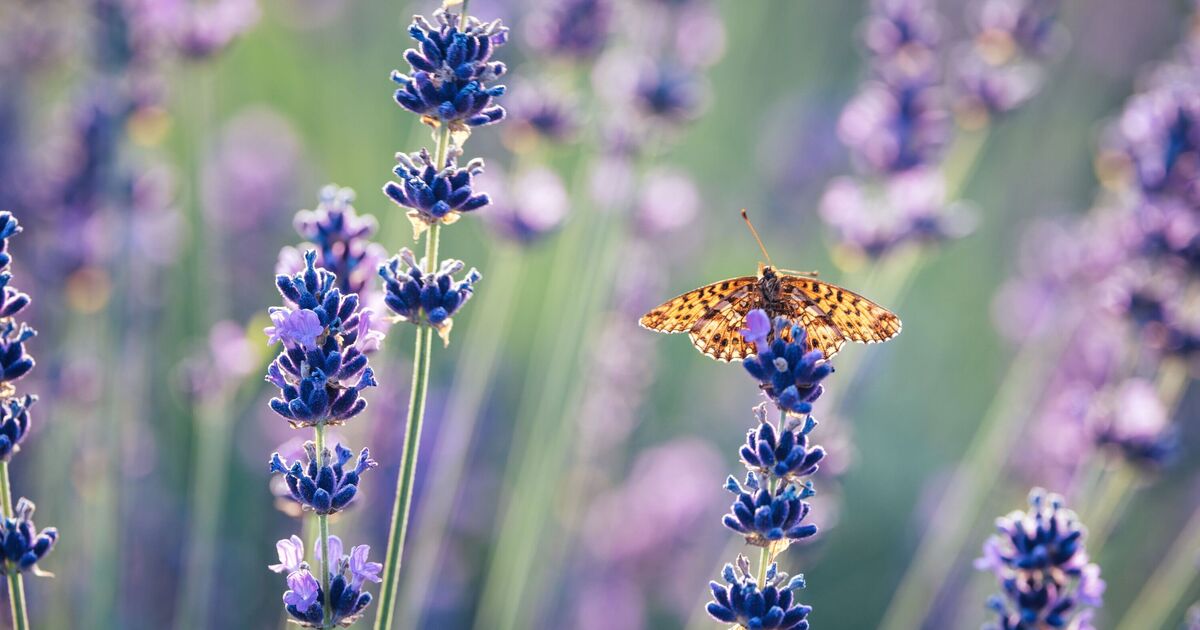If you want your lavender to stay lush and green instead of becoming spindly and twiggy, there is one task you should do every year. Lavender can last for about 10 to 15 years and will naturally become more woody as the plant matures. However, the rate at which this happens will increase if you don’t take the time to prune it every year, gardening expert Michael, known online as @themediterraneangardener, explained.
“Pruning in the right way at the right time will slow down the rate at which lavender becomes woody, will improve blooms and extend its life,” he told his more than 275,000 followers on TikTok. If you missed pruning your lavender in late summer, or it is looking untidy or frost damaged, now in mid-to-late spring when new growth appears is the “perfect time to prune”. Micheal said: “No one wants lavender that’s gone leggy or twiggy because you didn’t prune in the right way at the right time.”
You can prune lavender as hard as you like, as long as you’re not cutting into old wood and make sure to leave some new growth beneath the cutting point.
You can see the difference between the old wood, which is brown with almost white foliage, and new growth, which is bright green.
It is important to prune above the old wood because if you cut into it, the area may not regrow, and you could lose the plant. Michael said: “So, if in doubt, stay above that new growth.
“Pruning in spring will delay flowering slightly but in the end you’re going to get a better shaped bush that will last longer.”
Lavenders are aromatic, drought-tolerant plants that are easy to grow – hence their popularity.
The Royal Horticultural Society explains that they are happy in a sunny border with well-drained, chalky, or sandy soil and are loved by bees, butterflies, and other pollinators.
However, the plants don’t do well in wet or heavy soils, or shade, and some less hardy varieties will need to be under cover during the winter months.
If grown in wet soils, lavender can suffer root rots – so you should grow in a raised bed if you have these conditions, according to the RHS.
It is best to plant lavender in April or May and it should never be planted in winter months as young plants are vulnerable to rot.
During the plants’ first summer, they should be watered regularly – but once it is well established it rarely needs watering.
Fortunately, there aren’t many pests that feed on lavender, and they only cause cosmetic damage, meaning treatment isn’t usually needed. These include the rosemary beetle, sage and Ligurian leafhopper, cuckoo spit, and xylella.












